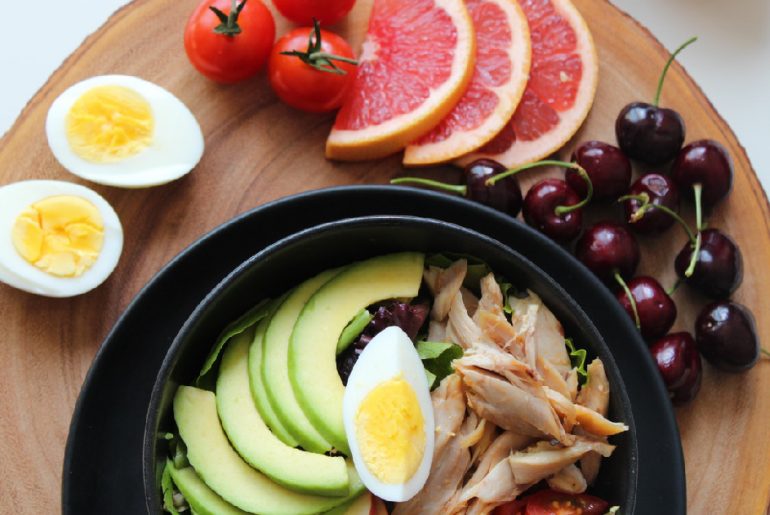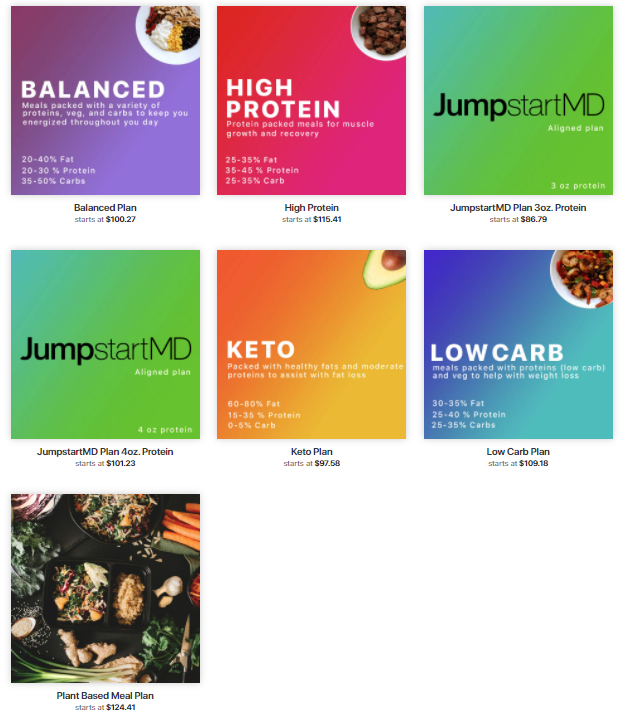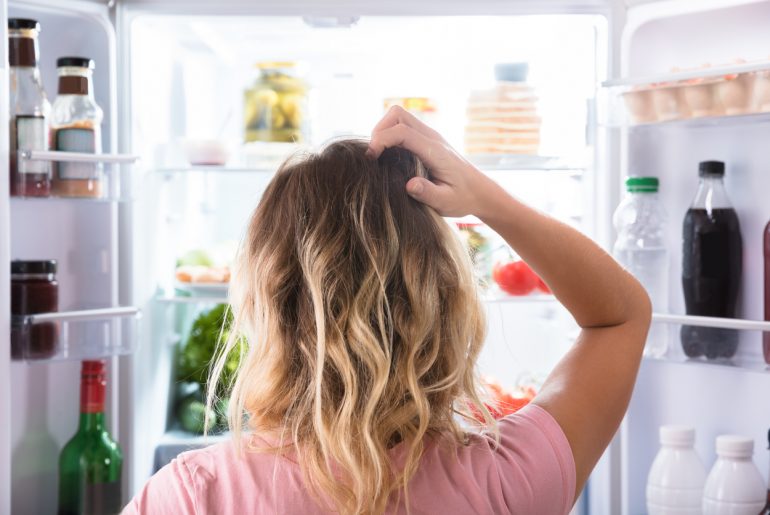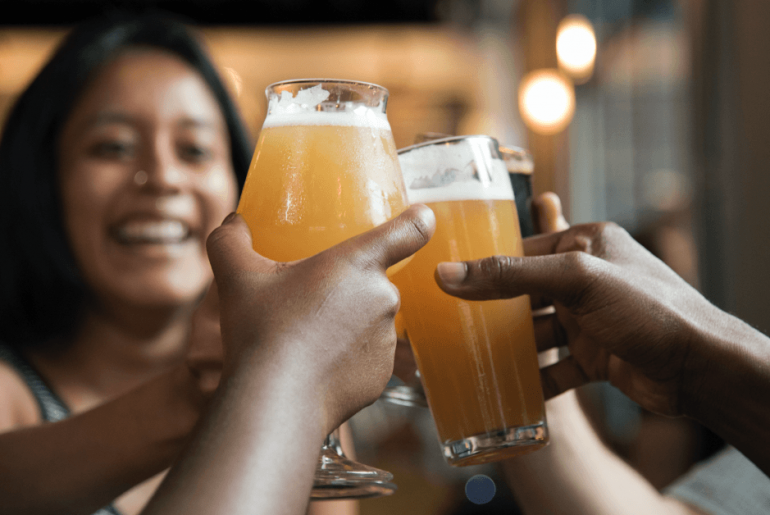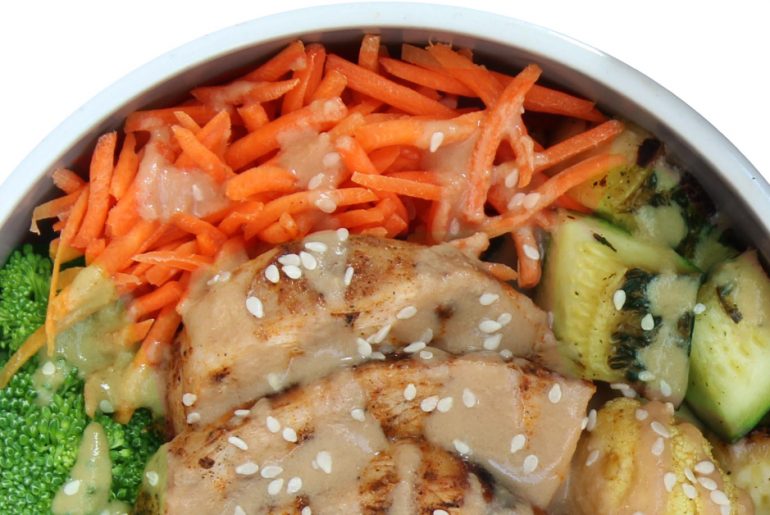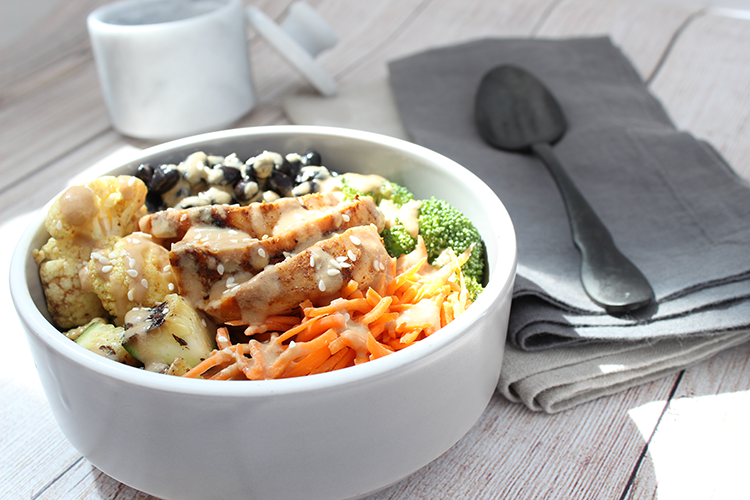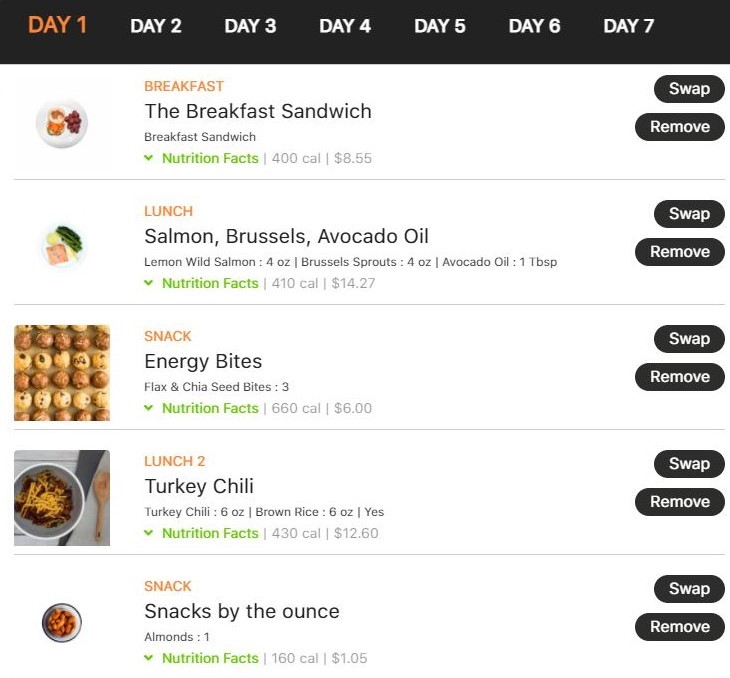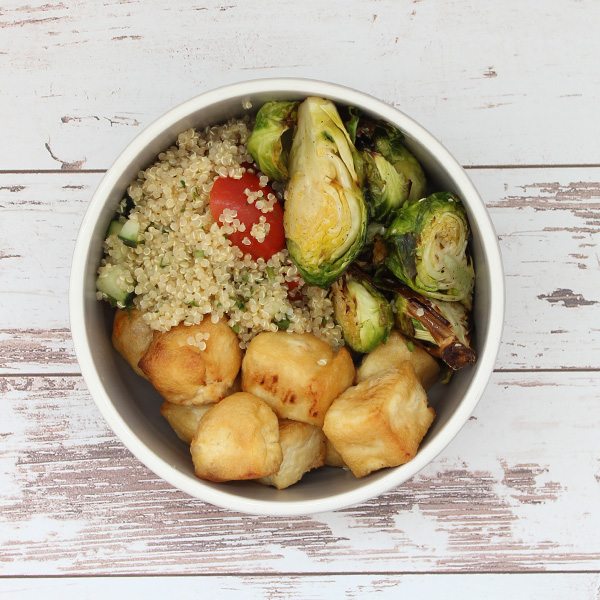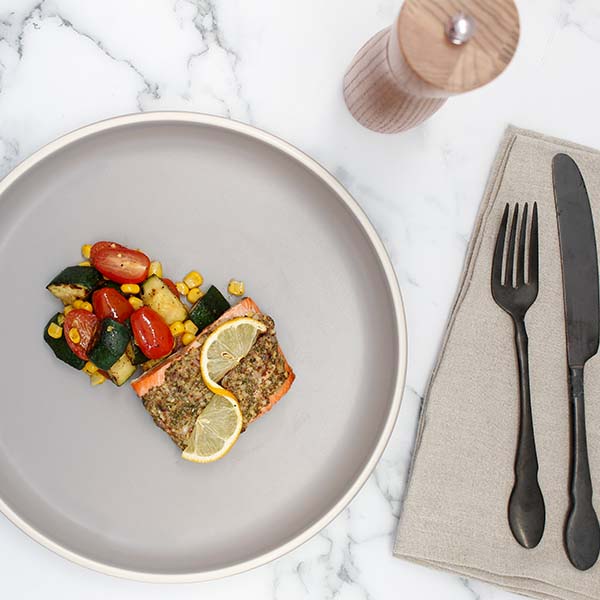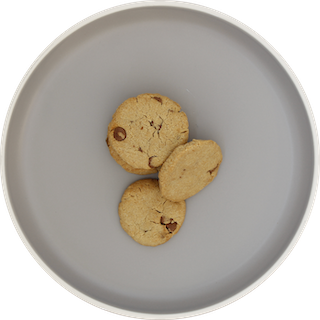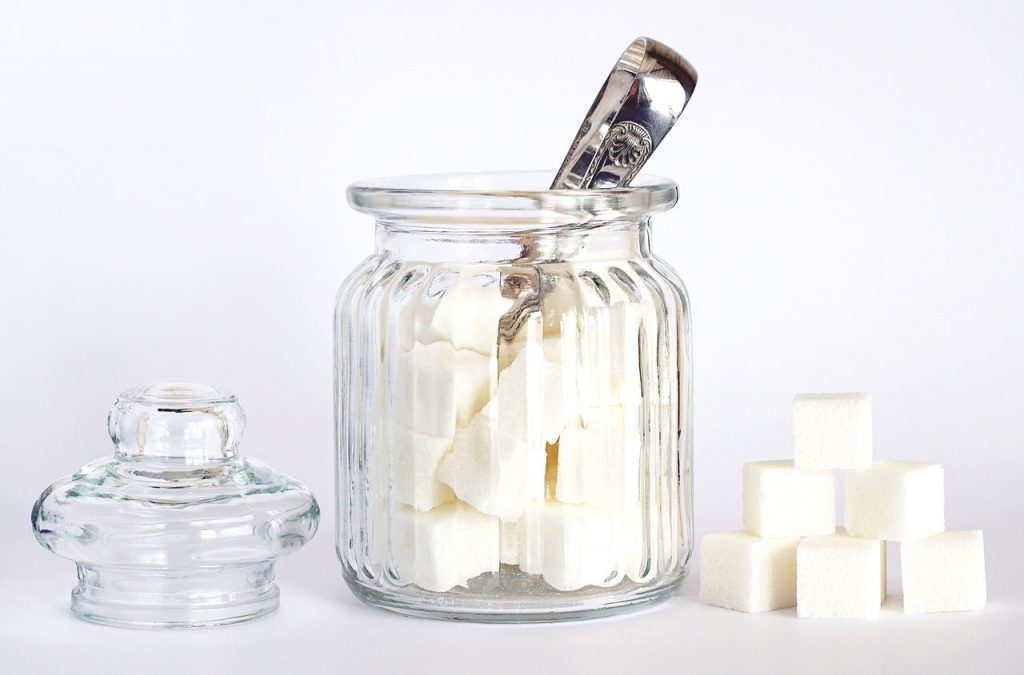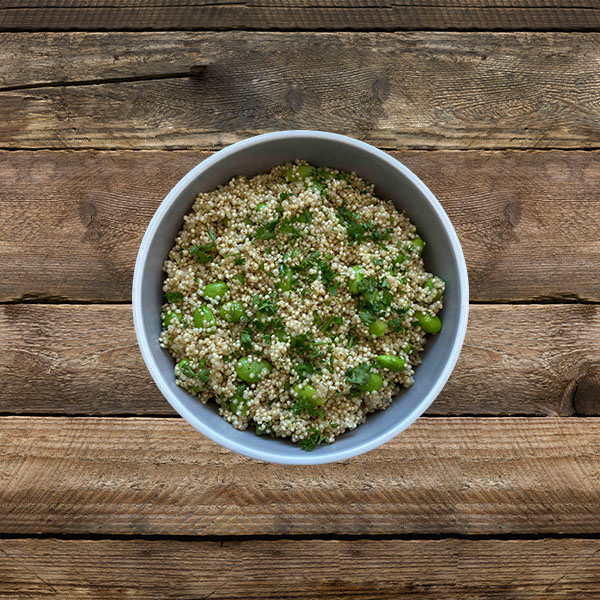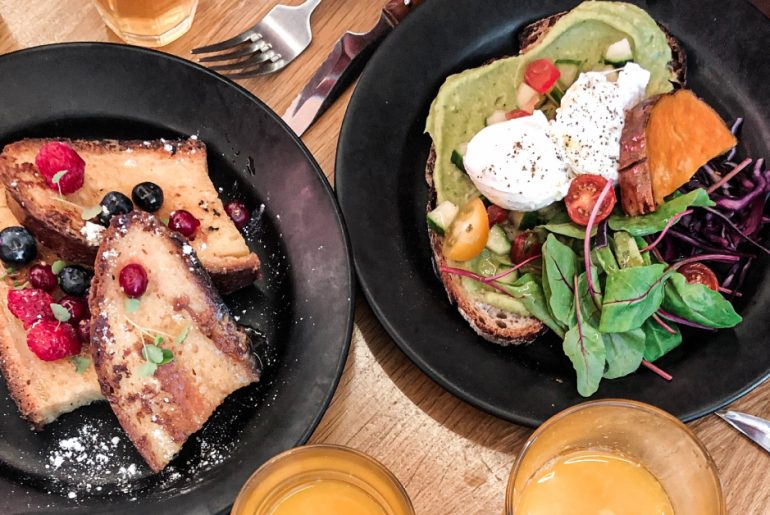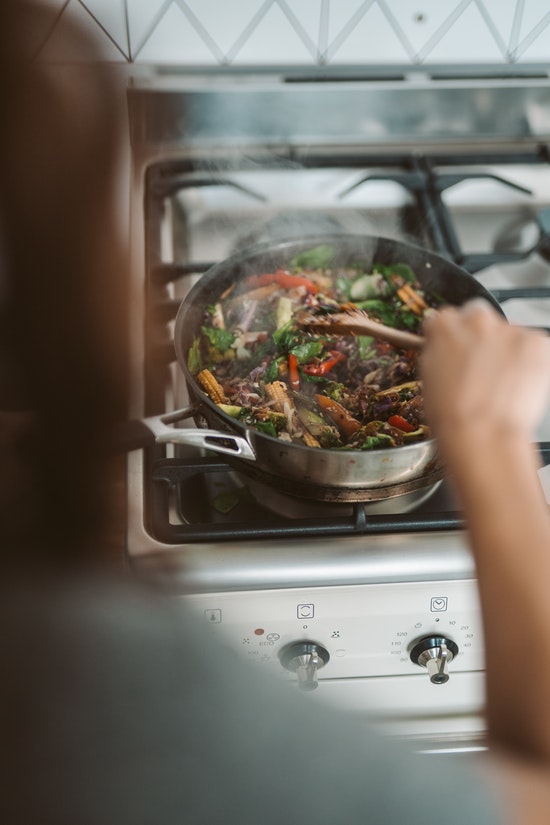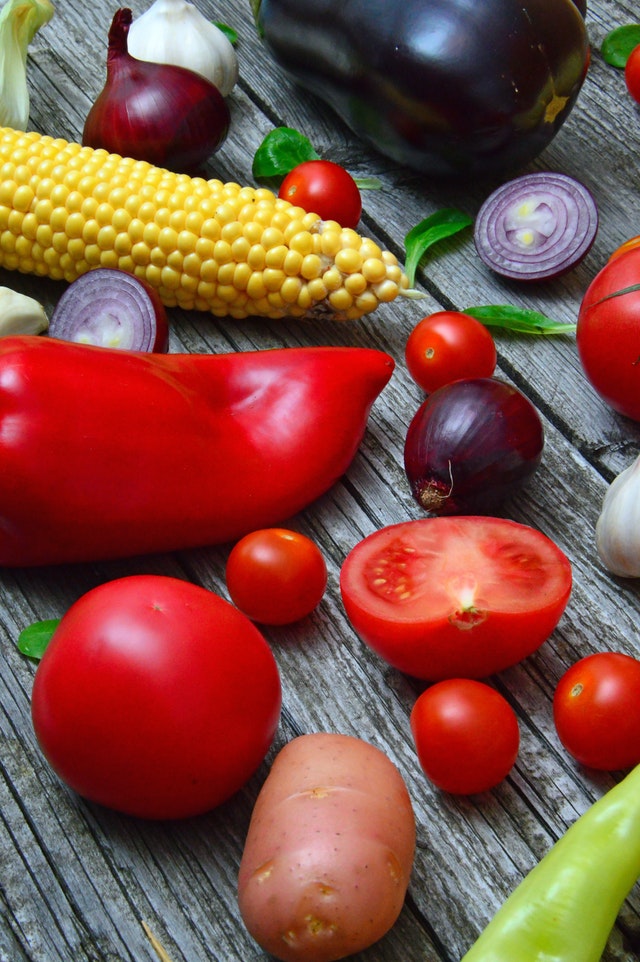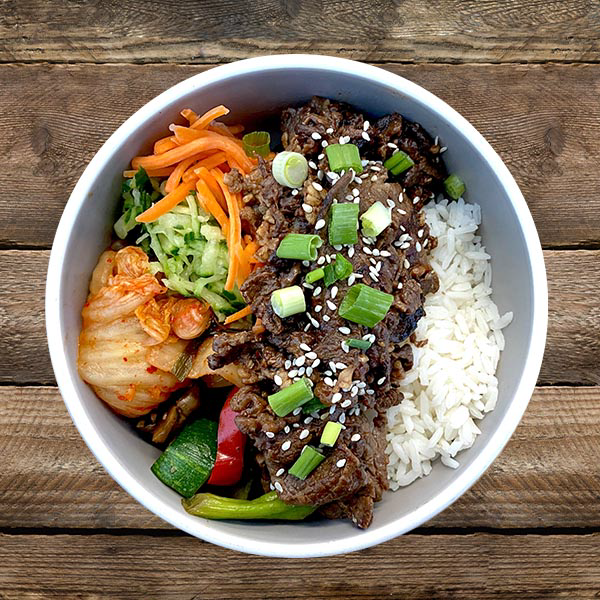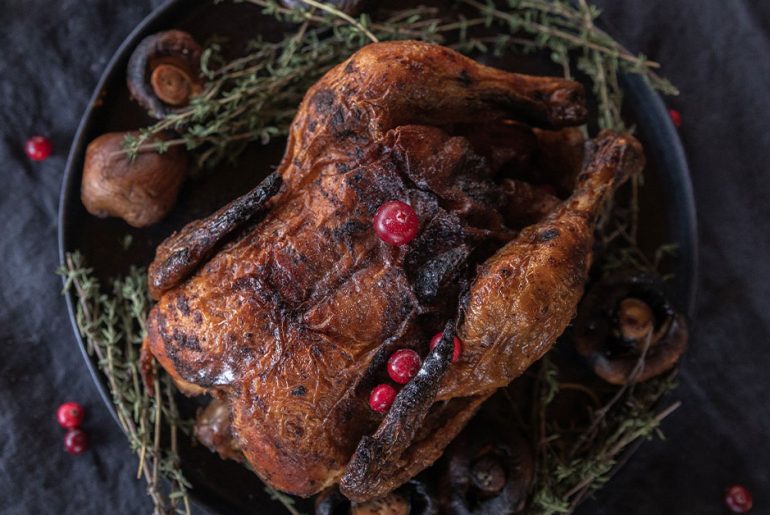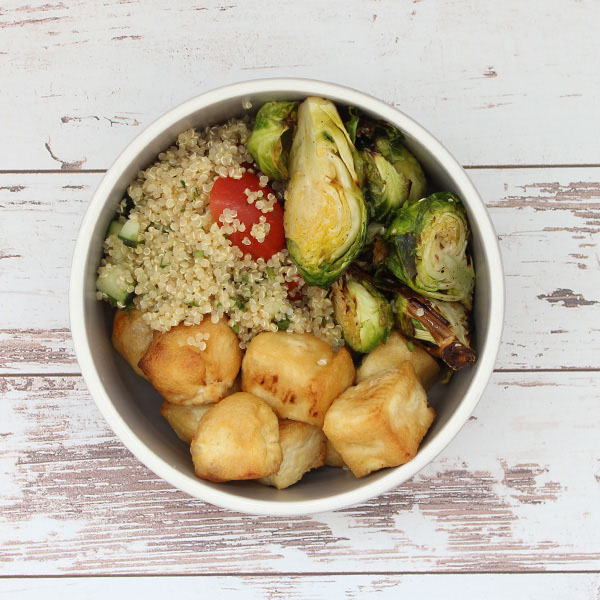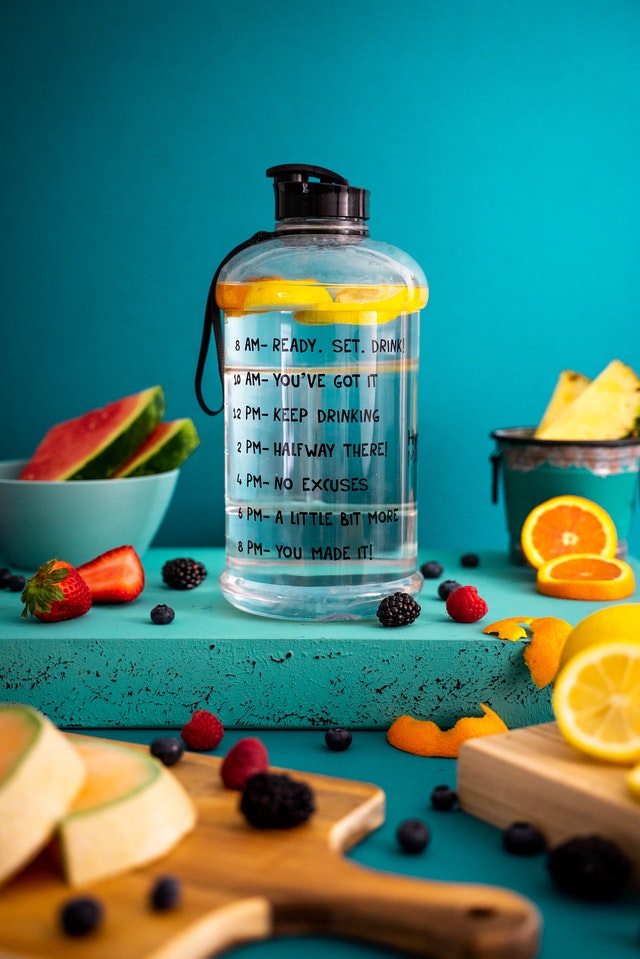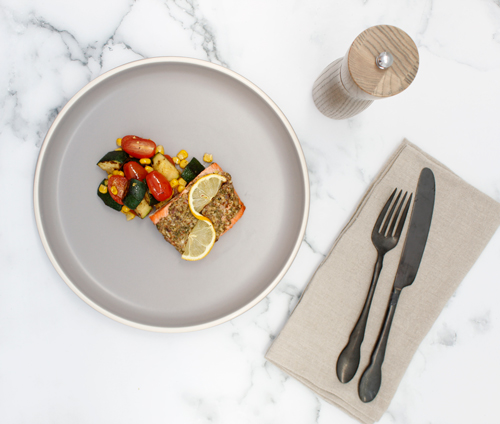When it comes to creating healthy meals, meal prepping, or taking control of our nutrition, calories only paint part of the picture. Calories are simply a measure of energy. They ensure we are receiving energy to go about our day, crush our workouts, or recover from those workouts.
However, just counting calories doesn’t explain the nutritional aspects of what we consume. If we have specific goals in mind, calories are only a fraction of what we need to be aware of.
Macronutrients, on the other hand, reveal the nutritional benefits of each type of food consumed. Research has shown macro counting is specifically beneficial for those seeking performance or body composition improvements as certain ratios of proteins, carbs, and fats are essential for optimized performance.
Nutritional Benefits of Macronutrient Tracking
Not all calories are created equal. In fact, which macronutrient we consume determines the calorie content. A single gram of protein or carbohydrate will have 4 calories, whereas a gram of fat will have 9 calories. So, if we eat 125 g of protein, that’s 500 calories from protein, leaving 1,500 calories to split between fat and carbs.
But macros do more than determine calorie counts. They can help us understand how different foods affect our bodies. Carb consumption triggers different hormones in the body, signaling a specific response — proteins and fat consumption also have these unique responses.
Carbohydrates function to provide and store energy, build macromolecules, and spare protein and fat for other uses. Protein, however, can be used to make hemoglobin, build muscle, and more. Finally, fats are the primary macros for storing energy, insulating and protecting organs, and regulating or signaling different hormones in the body.
Certain activities or bodily functions require more of one macronutrient than the others. So those who focus more on the composition of foods — i.e., which macros they’re hitting — are going to pay more attention to how they’re feeling and how their body reacts.
It may even help people meet their fitness goals! By understanding how different macros affect the body, we can create more satiety in our meals by adding more protein, boost energy with additional carbs or fats, and improve bodily functions.

For example, if we are primarily focused on building muscle mass, additional calories from protein to build that muscle is important in our diet. Now, if we are training for a marathon, higher carbs and protein are important to recover from such intense training. Each goal has accompanying proportions of macronutrients needed for success.
But what if we’re not interested in boosting performance? What if we just want to improve our nutrition and create healthy meals on a regular basis — is macro tracking right for that? YES!
Tracking Macros is Important in the Long Run
A healthy diet plan consists of a balance of all three macros at each meal. This ensures we are consuming adequate amounts of carbs, protein, and fats while providing enough energy to go about our day. Experience in tracking macros helps reveal which foods fall under which macronutrients to create balanced, healthy meals.
When aiming to lose weight, increasing protein and fat intake while decreasing carb intakes appears to be the optimal change. Studies have shown that increasing protein intake can help us feel full while lowering our daily calorie intake. Protein is the most satiating/slow-digesting of the macronutrients, so consuming more protein at the expense of other macros can be a smart choice. However, it’s important to slowly add more protein to your meal prep to avoid any stomach distress.
When trying to build lean muscle, increased carbs are necessary for energy during workouts as well as enough protein to recover and build muscles. In this case, nutrient timing is also important — carbs prime the body for activity, but also help the absorption rate of protein — and it may take a bit of trial and error to find what works for each individual.
Macro Tracking May Alleviate Mental Stress Related to Food
Oftentimes, people don’t realize how much they’re eating. Research shows we often underestimate our food intake (sometimes by as much as 30-50%). And the stress of trying to understand which foods are “good” for weight loss or muscle building can be detrimental to our mental health if we didn’t have macro-tracking available to us.
Without macro tracking, we can easily disregard how calorically dense foods can be. Serving sizes can be tricky, especially when it comes to irregularly sized foods (think: medium-sized apples vs. 100g of apple). This often skews our meal prep items towards high calories, and possibly more carbs, fats, or proteins than we need (or want).
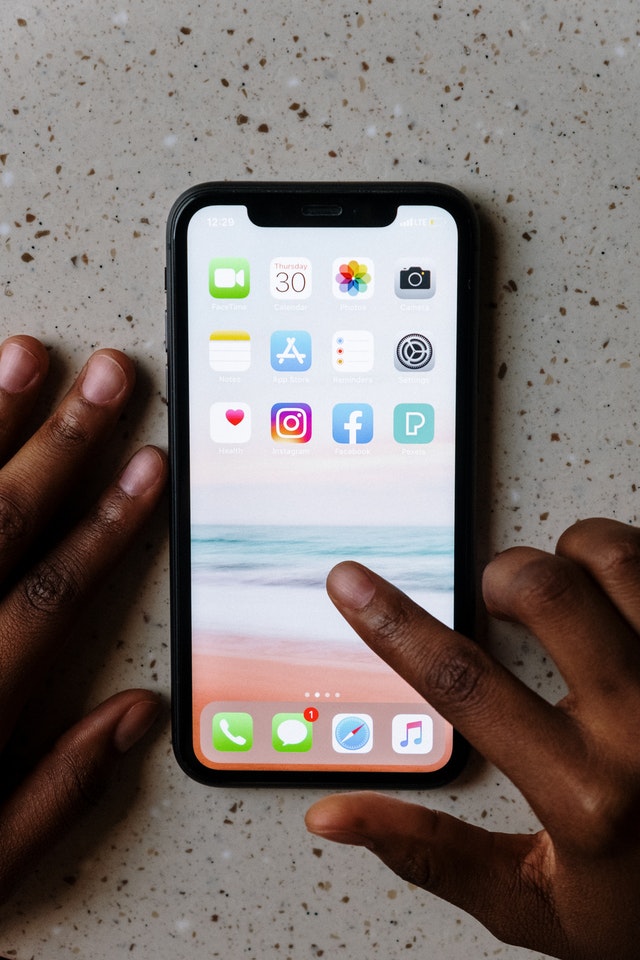
As a result, we struggle to recognize how many calories our meals have… or fail to eat foods in appropriately-sized portions. When utilizing tools like Cronometer and MyFitnessPal, the stress of how much to eat in a single day fades away. The best part about these apps? When we have a specific goal to work towards, we can easily answer a few questions to have the app calculate our new macro goals for us!
Tracking Can Remove Bias Towards Certain Food Groups
Guessing how much we eat isn’t the only stressor surrounding our foods, though. Understanding what to eat can add tremendous stress when aiming to improve our diets. Food is supposed to be pleasurable as well as fueling for our day, so claiming foods as “forbidden” can make other foods less palatable.
However, a macro-tracking eating plan allows all foods to be enjoyed in a balanced way. The goal of a macro-based diet is to provide an individualized structure that allows for more than just chicken, rice, and vegetables. This way of eating provides both structure and comfort knowing no particular food is forbidden… they just affect our bodies differently.
After tracking our macros regularly for a period of time, we can begin to turn our nutrition into one big science experiment! First, we gain a historical perspective of ourselves by tracking regularly with no changes to the way we eat… we learn our tendencies, stress-eating habits, and our baseline macro breakdown.
We then can manipulate specific macros and quantities to elicit desired outcomes, such as weight loss or muscle building! And if we have a special event coming up, macro counting provides a cushion to (on occasion) manipulate our day to enjoy those once “forbidden foods” while still working towards our goals.
Is Macro Tracking Right for Your Goals?
Counting macros can be an eye-opening invitation for us to take a look at where the calories are coming from in our diet. It can provide structure in meal prep and freedom when dining out — it can even reveal our go-to nutritional habits (do we turn to carbs when we’re sad? Does a lack of fats in our diet make us tired and hungry often?). Seeing a complete macronutrient breakdown can help us better understand how our diets affect our bodies.
On the other hand, some people can get a little too obsessive with tracking their macros. This type of diet structure may not be ideal for those with past disordered eating patterns. While a great tool for many, it’s important to ensure it is the right tool for your unique needs. We don’t eat macros. We eat food that contains some or all of the macros in different amounts. A healthy lifestyle is about more than the number of macros you’re eating. This is just a place to start a lifestyle filled with nourishment and health.
Luckily, LoCal Foodz makes it easy to start tracking macros! With several meal plan options — from high-protein or low-carb plans to more balanced macro plans — there is something for every goal. Click here to view the meal plans (and their accompanying macro breakdowns to make tracking even easier)!


